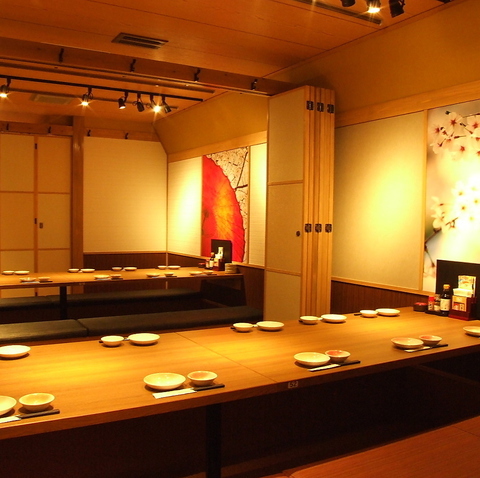Recommended sushi restaurants in Saga, Japan
-

Yobuko Live Squid Sakanaya Dojo Saga Kitaguchi Branch
Sushi restaurant in Saga [SUSHILIVE comment] -


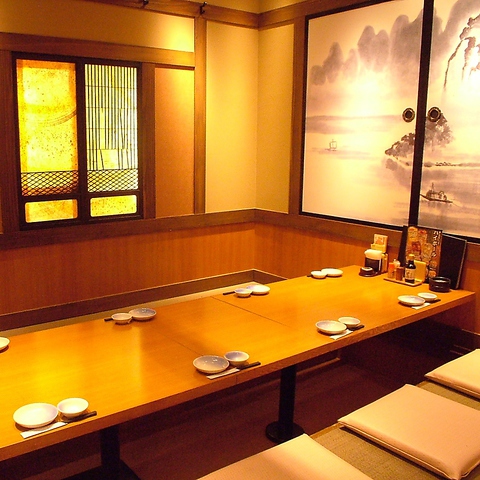
Sakanaya Dojo Saga Minamiguchi Store
Sushi restaurant in Saga [SUSHILIVE comment] -


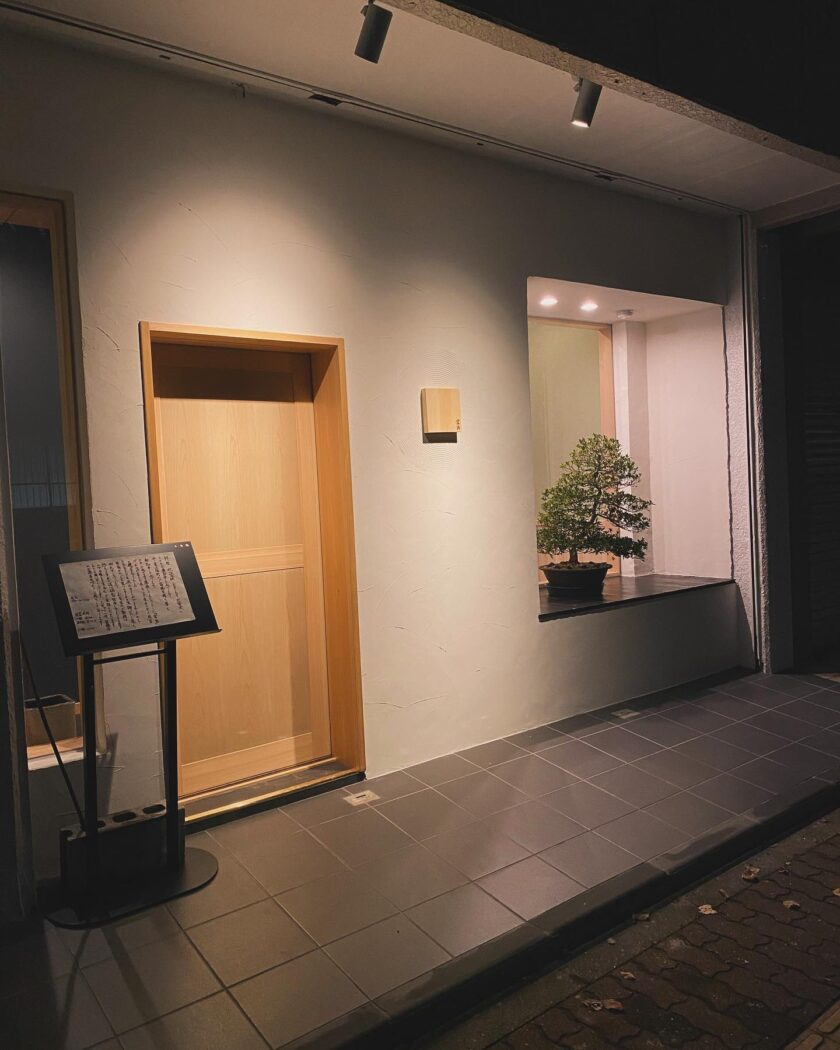
Miyara
Sushi restaurant in Saga [SUSHILIVE comment] -


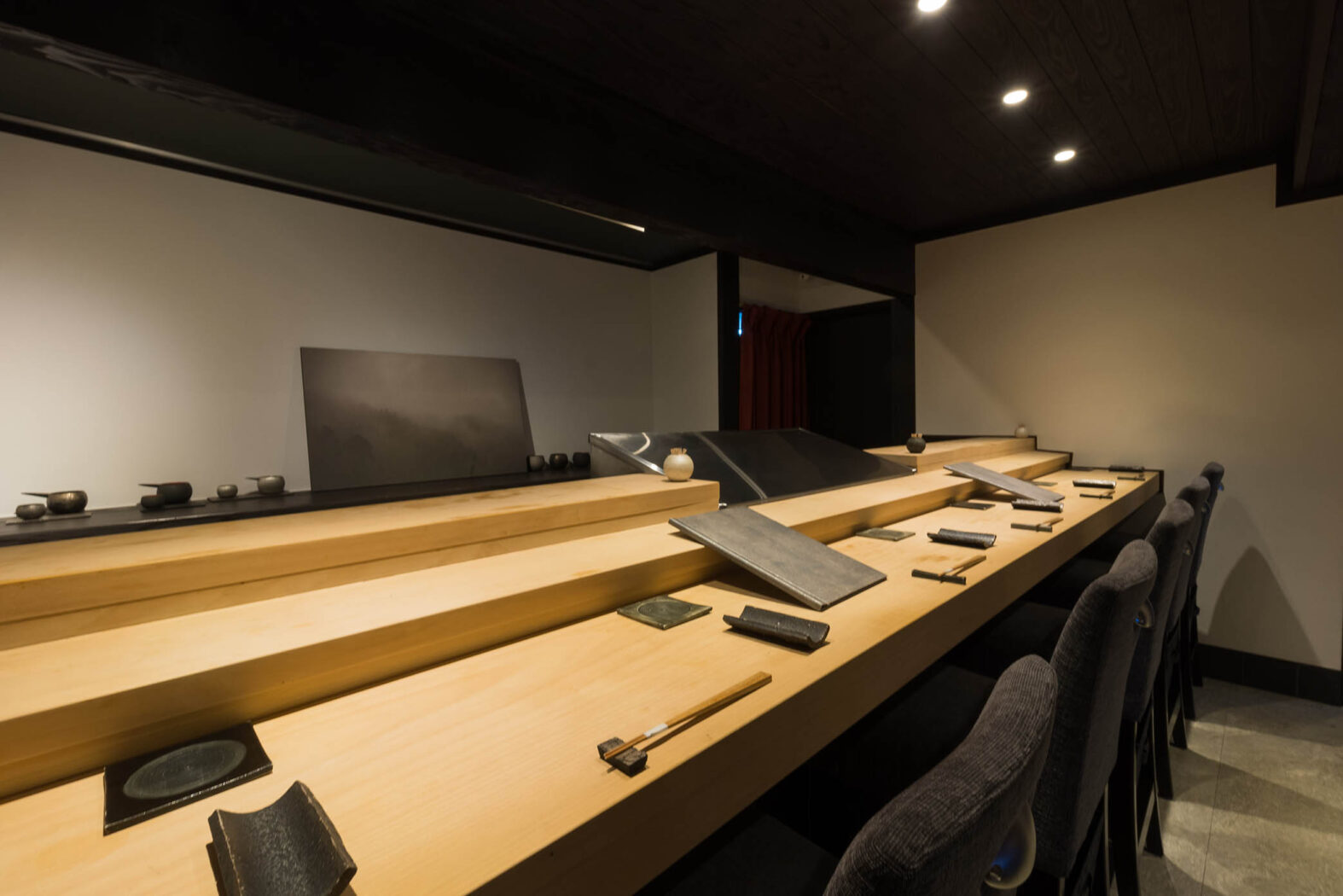
Yamasa Shoten Sushi-Yo
Sushi restaurant in Saga [SUSHILIVE comment] -



Sushi Samon
Sushi restaurant in Saga [SUSHILIVE comment] -


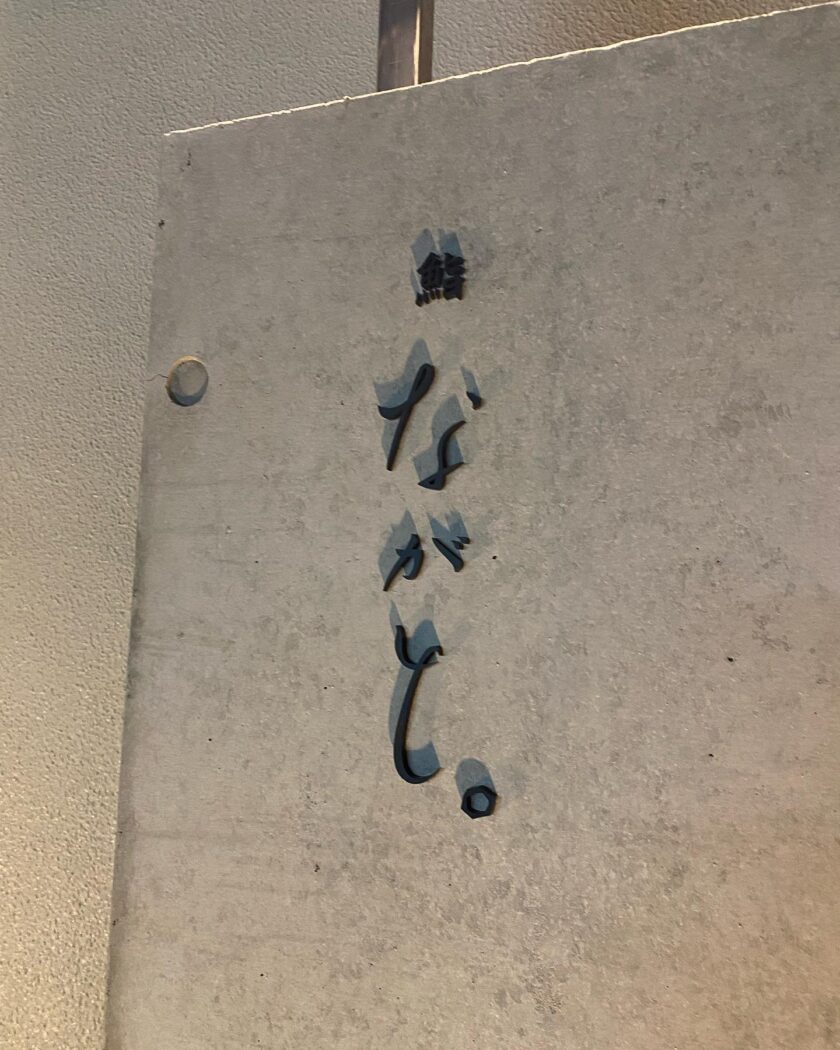
Sushi Pangsutou
Sushi restaurant in Saga [SUSHILIVE comment] -


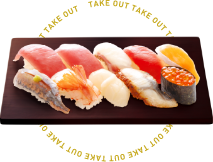
Hamazushi Saga Honjo
Sushi restaurant in Saga [SUSHILIVE comment] -


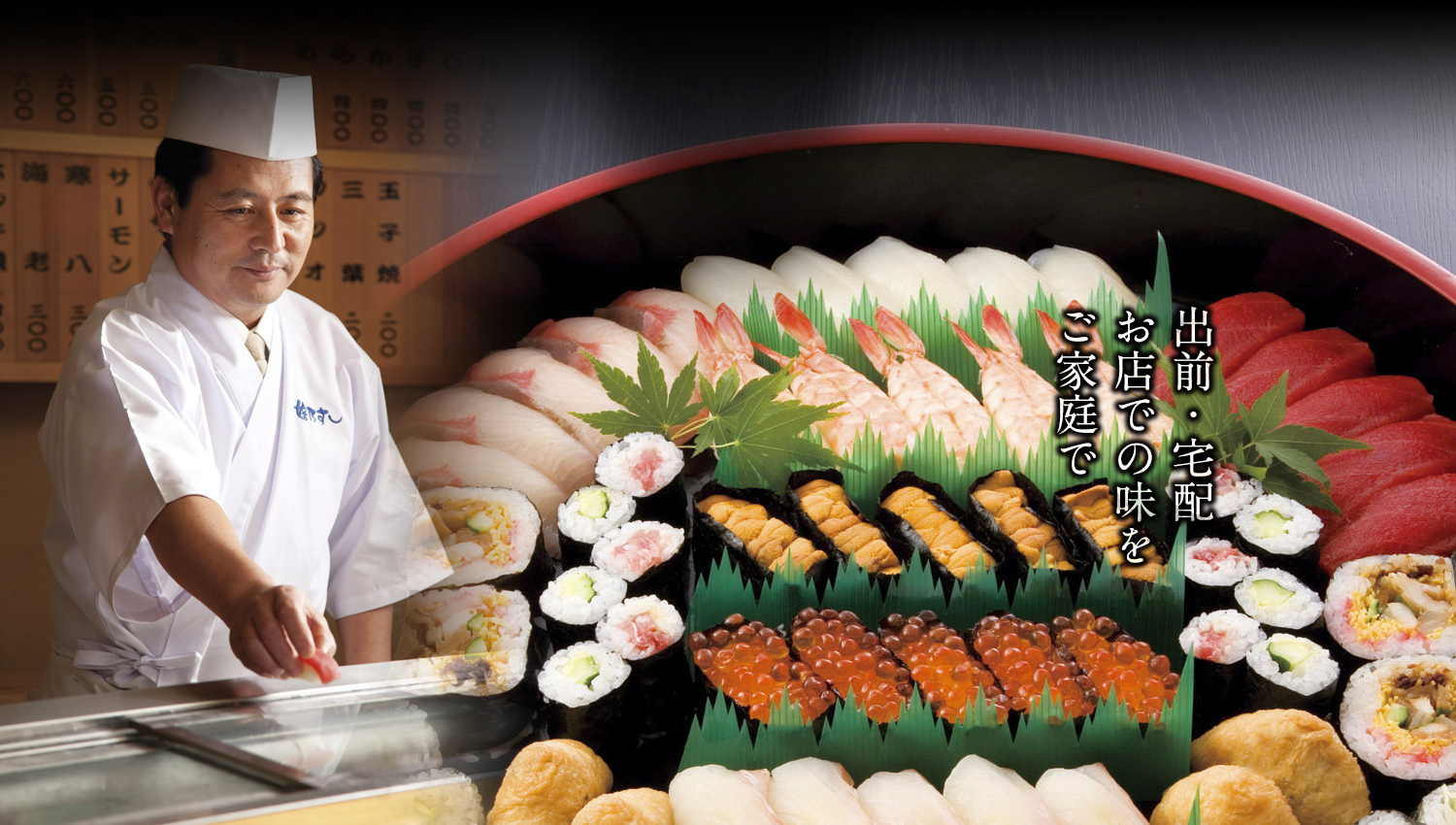
type of sushi with vinegared fish and rice lightly pressed overnight
Sushi restaurant in Saga [SUSHILIVE comment] -


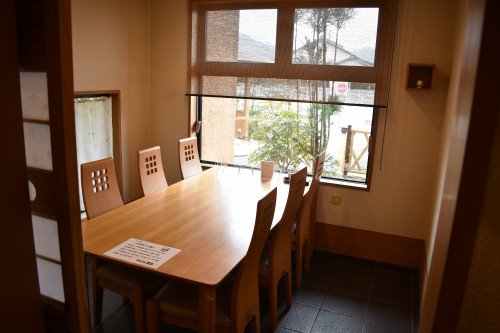
rice ball wrapped in pickled leaf mustard greens
Sushi restaurant in Saga [SUSHILIVE comment] -



Muzoe Kurarazushi Saga Wakamiya
Sushi restaurant in Saga [SUSHILIVE comment] -


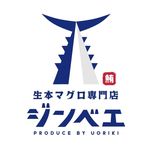
Raw Tuna Specialty Restaurant Zimbabwe
Sushi restaurant in Saga [SUSHILIVE comment] -


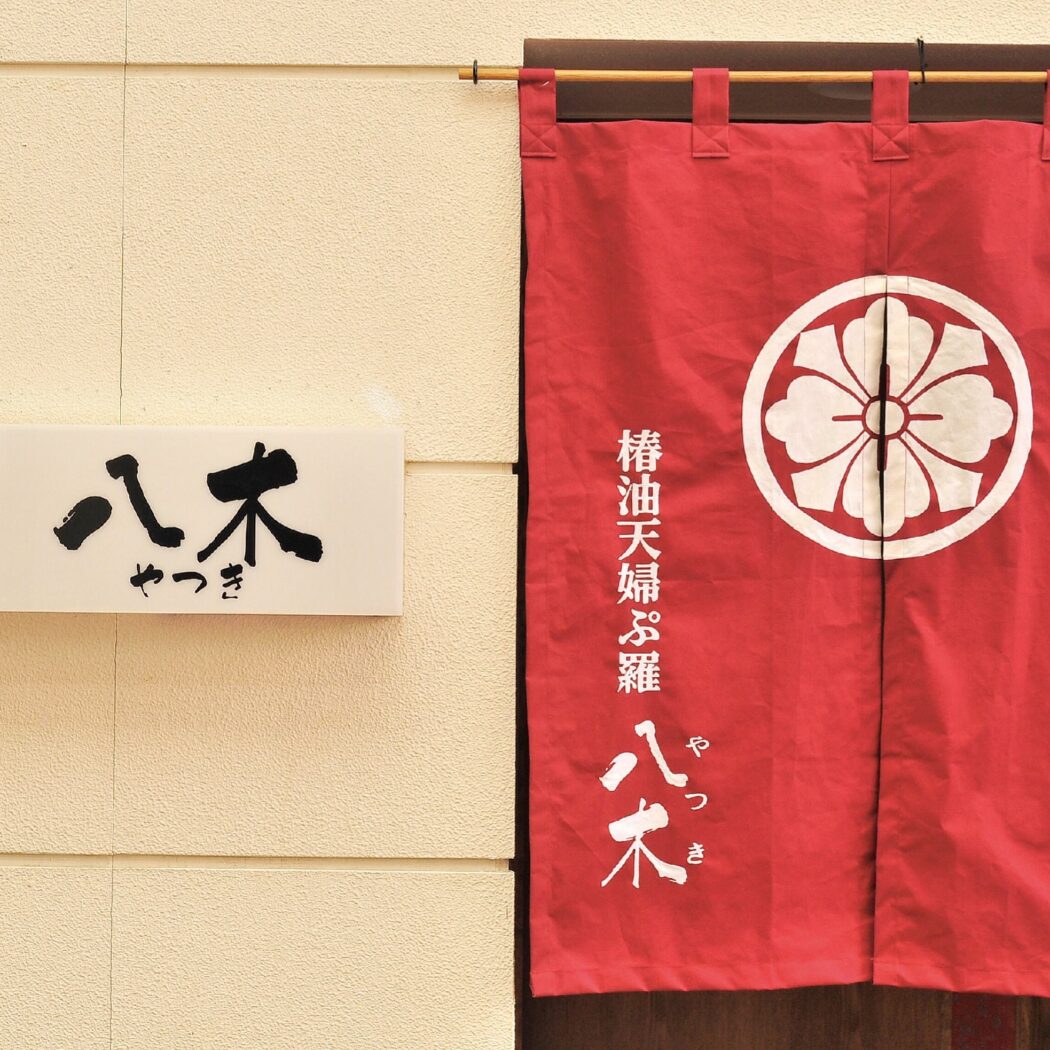
Sushi and Camellia Oil Tempura Yagi
Sushi restaurant in Saga [SUSHILIVE comment] -


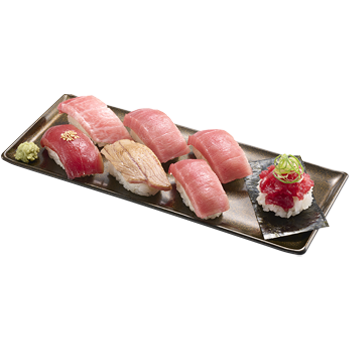
Sushiro Minami Saga
Sushi restaurant in Saga [SUSHILIVE comment] -



Sushiro Tosu Koga
Sushi restaurant in Saga [SUSHILIVE comment] -



Muzoe Kurarazushi Frespo Tosu
Sushi restaurant in Saga [SUSHILIVE comment] -


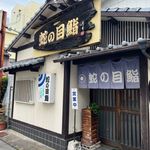
fermented sushi
Sushi restaurant in Saga [SUSHILIVE comment] -



Sushiro Saga Hyogo
Sushi restaurant in Saga [SUSHILIVE comment] -


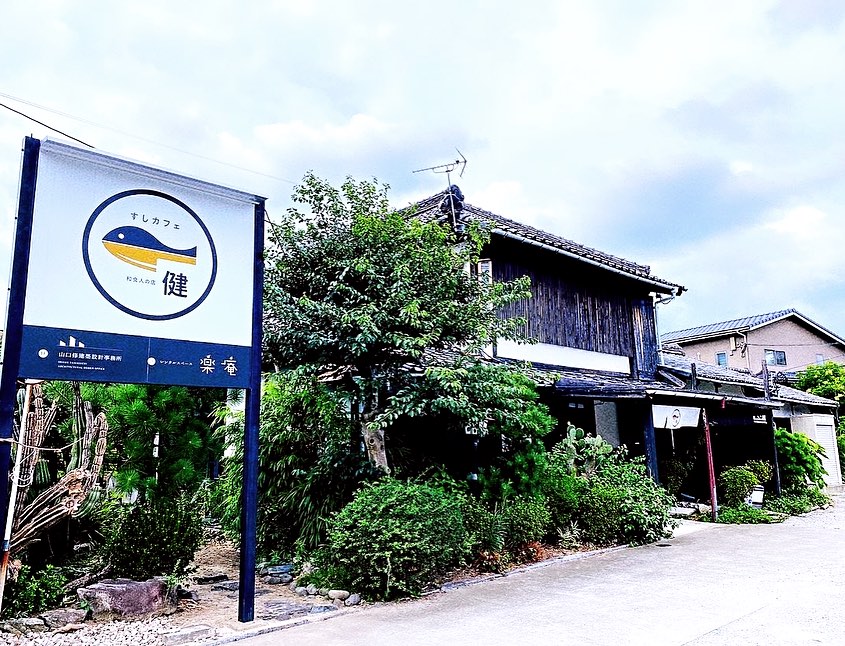
Sushi Cafe Ken
Sushi restaurant in Saga [SUSHILIVE comment] -


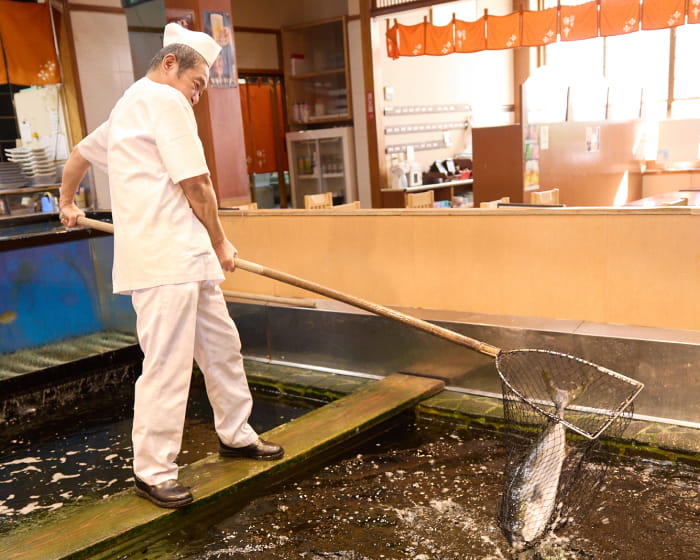
live seafood from a live-stream
Sushi restaurant in Saga [SUSHILIVE comment] -


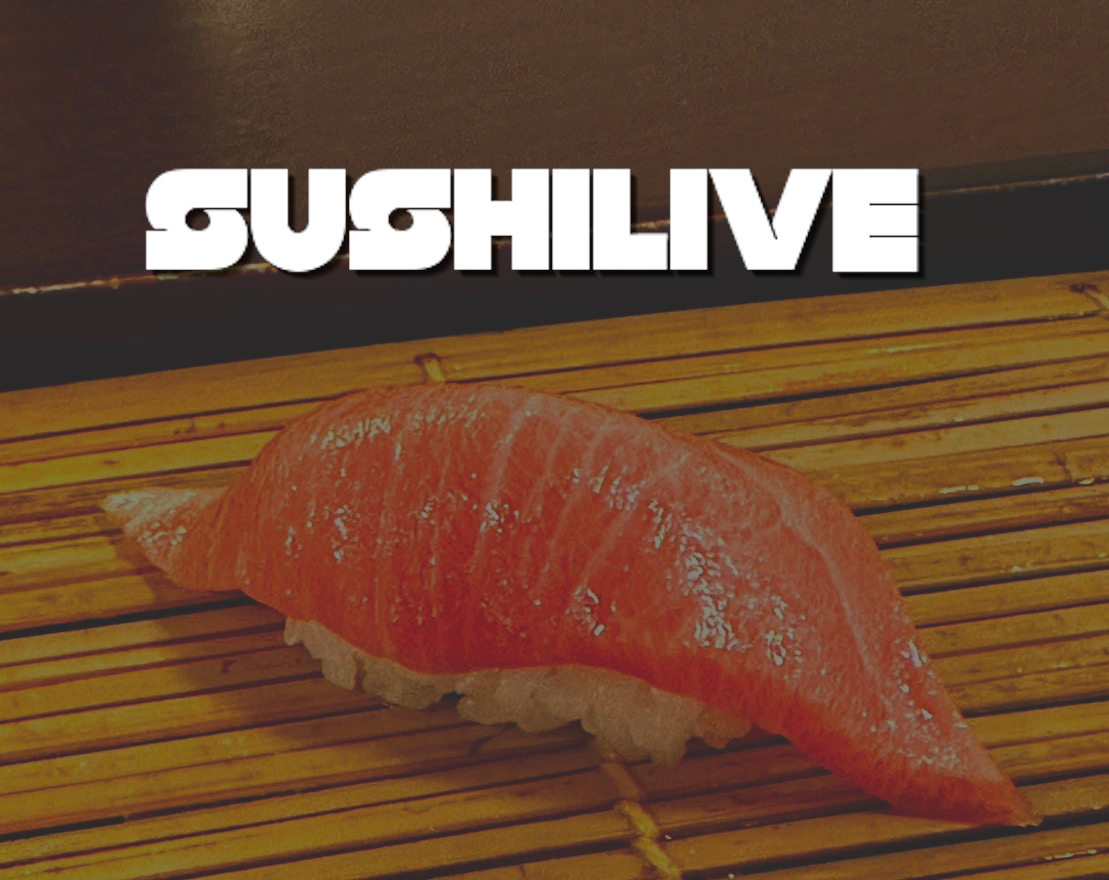
Conveyor-belt sushi Shigenaga Yayogaoka
Sushi restaurant in Saga [SUSHILIVE comment] -



Tempuzushi
Sushi restaurant in Saga [SUSHILIVE comment] -



Relocation Sushi TamonThe information of the restaurant before the relocation. Please refer to Sushi Tamon for the new location.
Sushi restaurant in Saga [SUSHILIVE comment] -


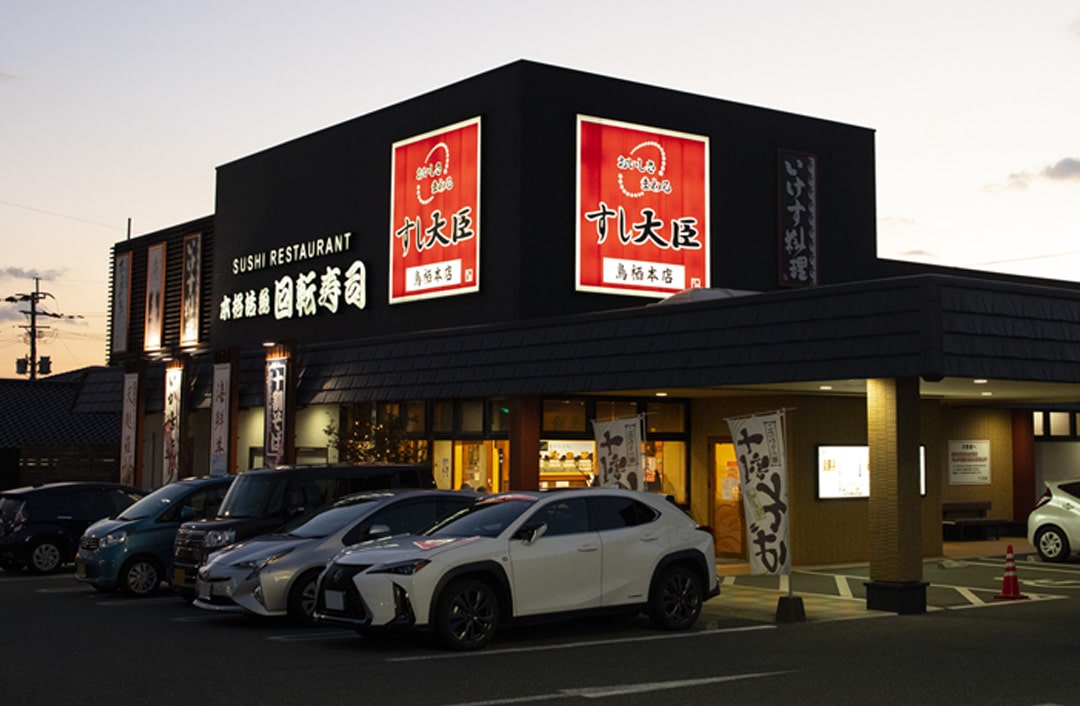
Sushi Minister Tosu Honten
Sushi restaurant in Saga [SUSHILIVE comment] -


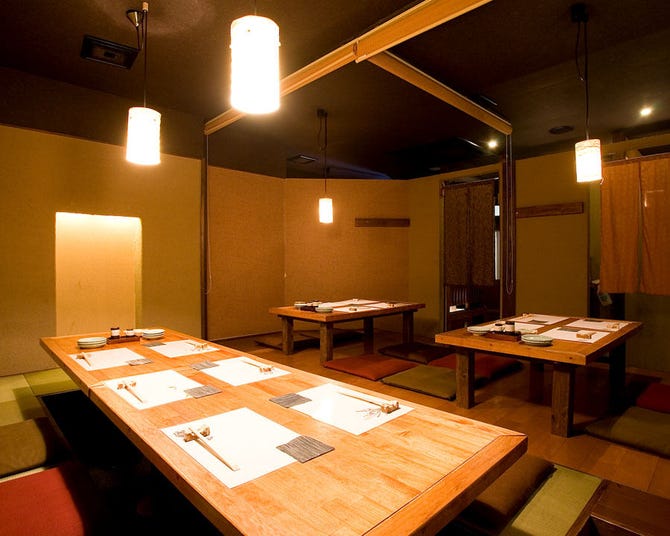
Sushi kappou, Sushi kappou, Sushi kappou
Sushi restaurant in Saga [SUSHILIVE comment] -


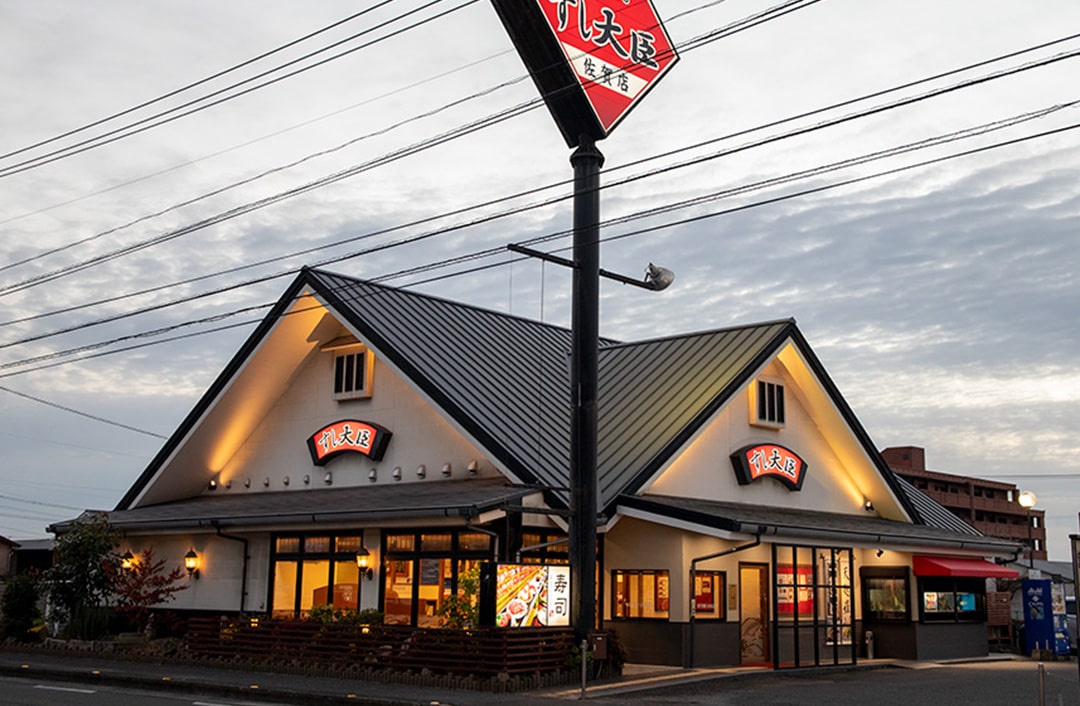
Sushi Minister, Saga Branch
Sushi restaurant in Saga [SUSHILIVE comment] -



Genkai Zammai Tosu Branch
Sushi restaurant in Saga [SUSHILIVE comment] -



sushi made on the beach or in a restaurant
Sushi restaurant in Saga [SUSHILIVE comment] -



sushi pocket
Sushi restaurant in Saga [SUSHILIVE comment] -



Imaizumi
Sushi restaurant in Saga [SUSHILIVE comment] -



Hizenzenzen Mae Kyoto Sushi
Sushi restaurant in Saga [SUSHILIVE comment]
Recommended conveyor belt sushi restaurants in Saga, Japan
-


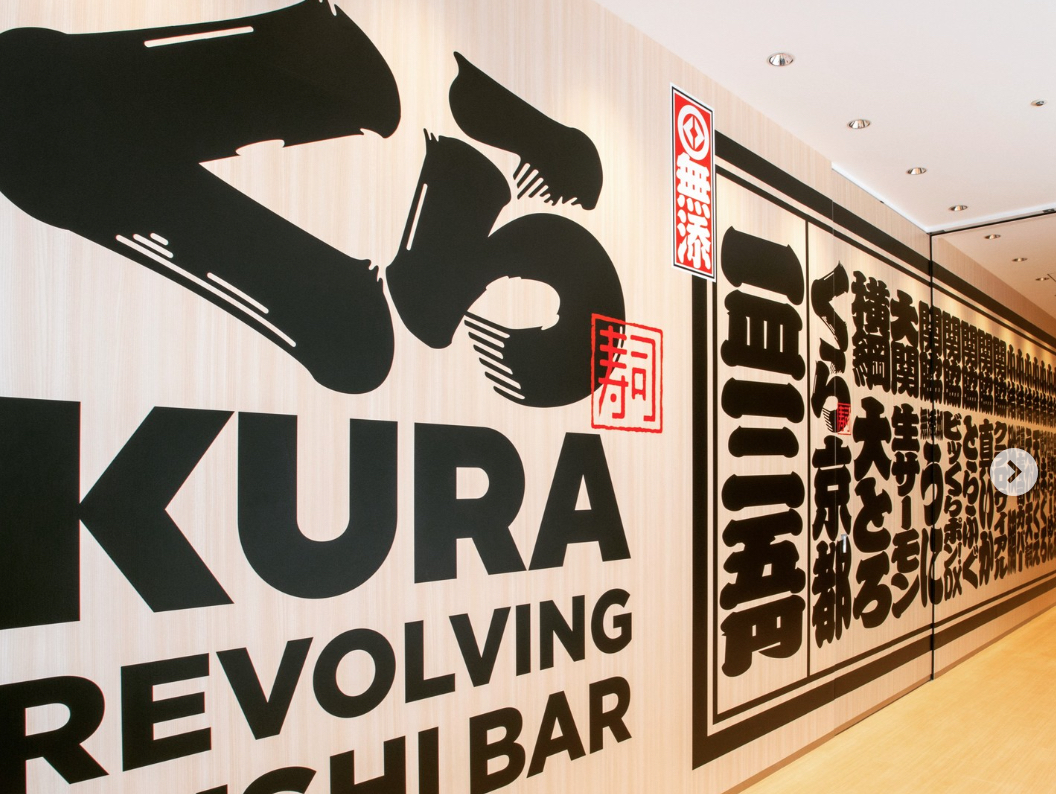
Kura Sushi Saga Wakamiya Store
Sushi restaurant in Saga [SUSHILIVE comment] -


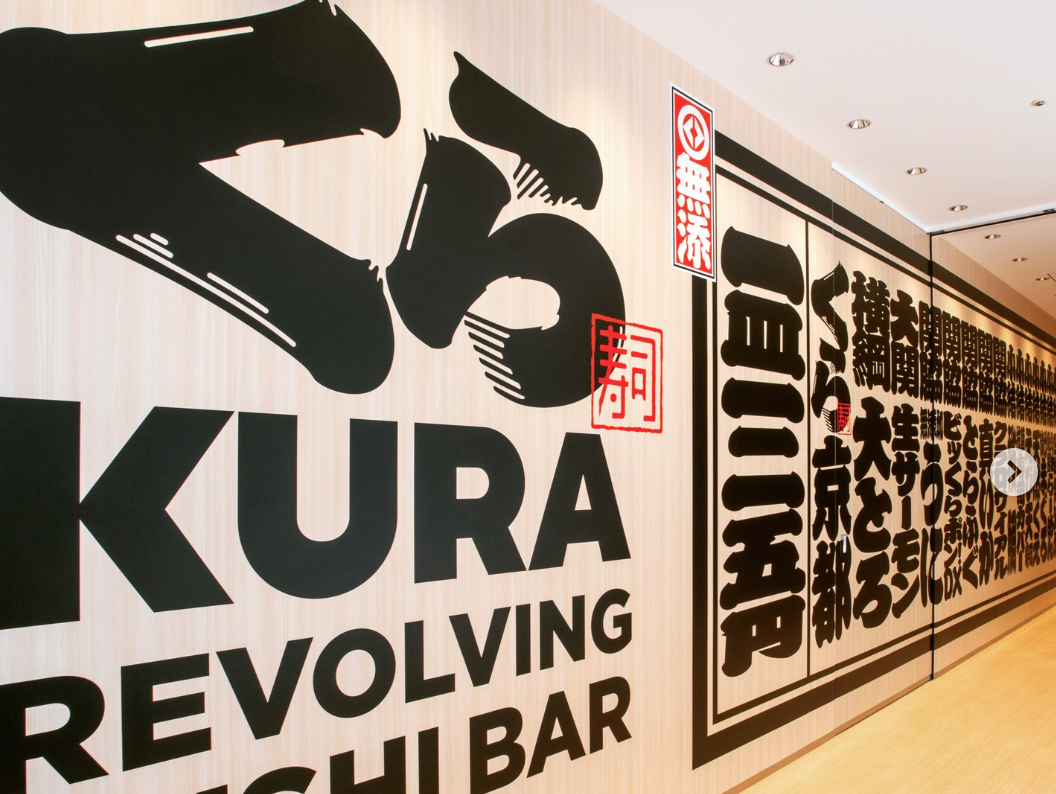
Kura Sushi Frespo Tosu Store
Sushi restaurant in Saga [SUSHILIVE comment] -


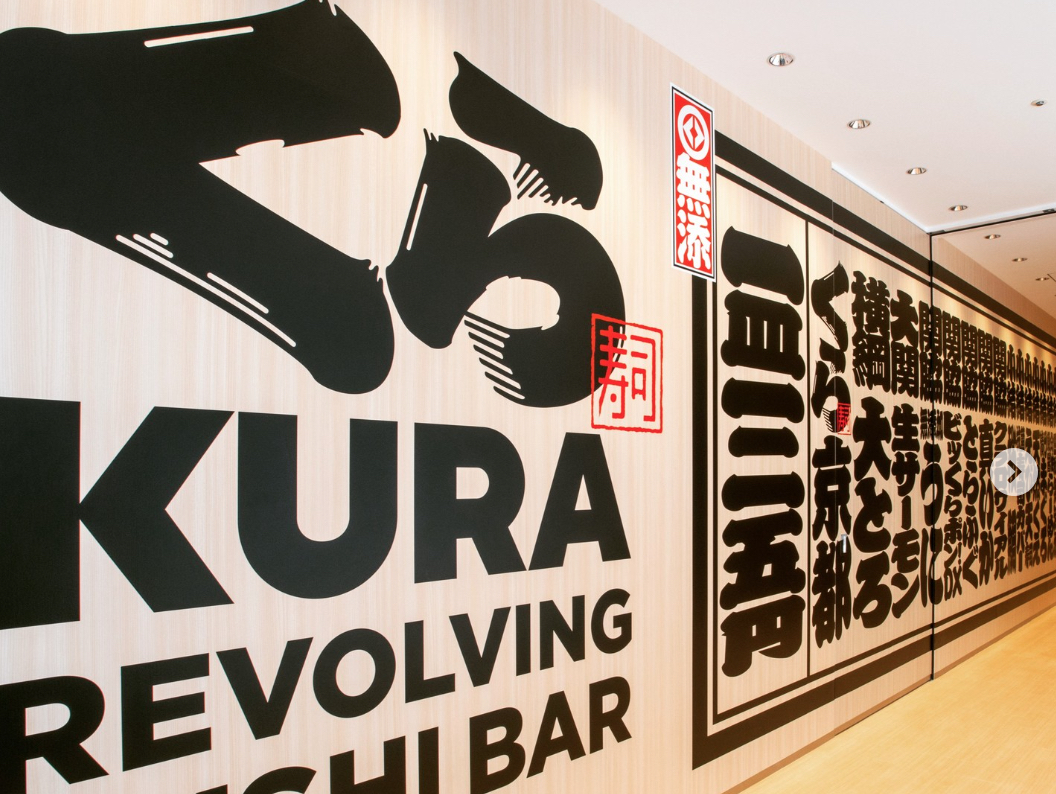
Kura Sushi Nitori Karatsu
Sushi restaurant in Saga [SUSHILIVE comment] -


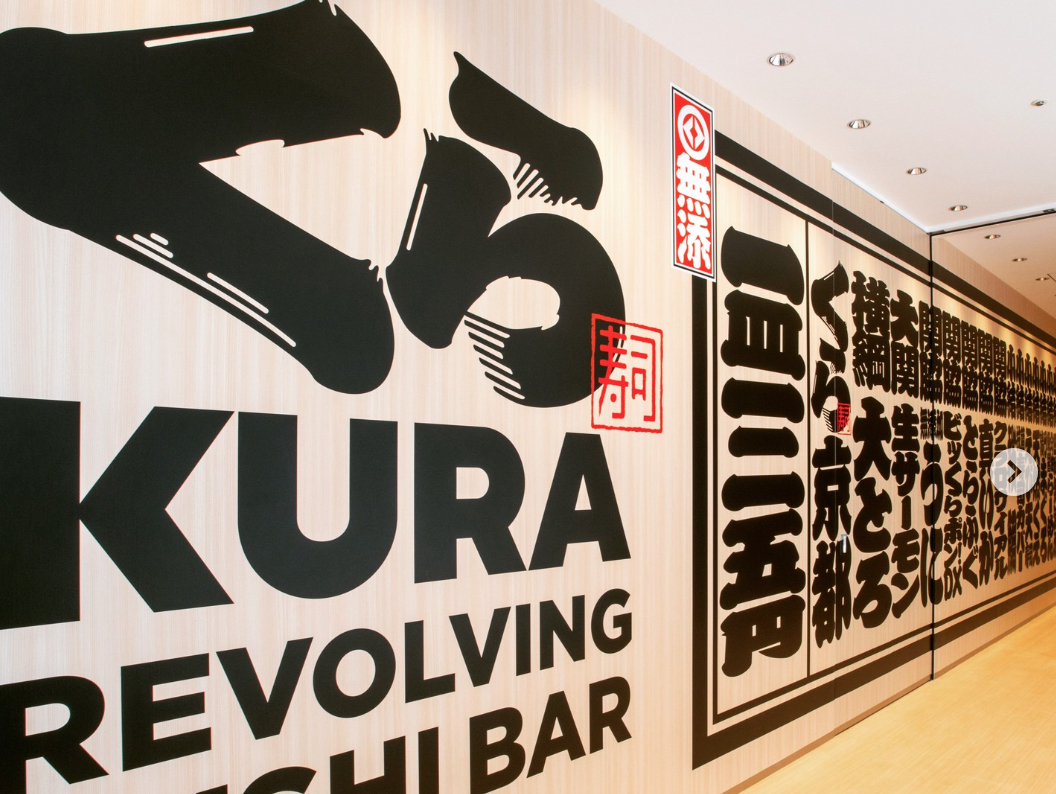
Kura Sushi Saga Minami Store
Sushi restaurant in Saga [SUSHILIVE comment] -


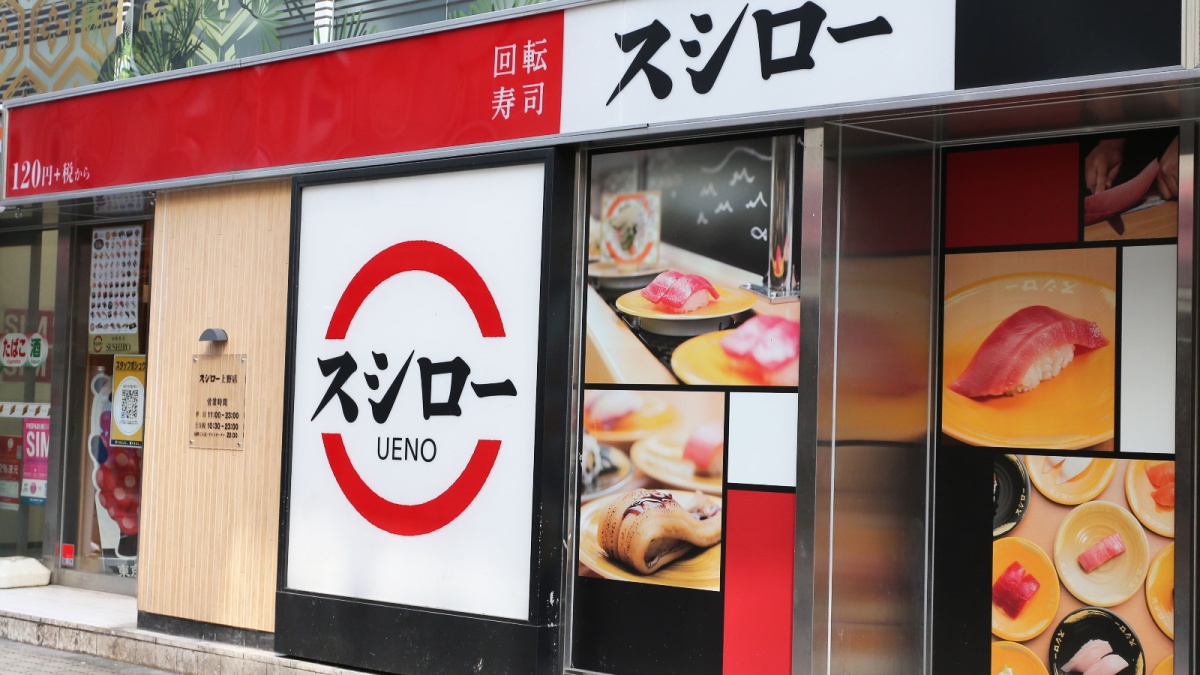
Sushiro Saga-Hyogo
Sushi restaurant in Saga [SUSHILIVE comment] -


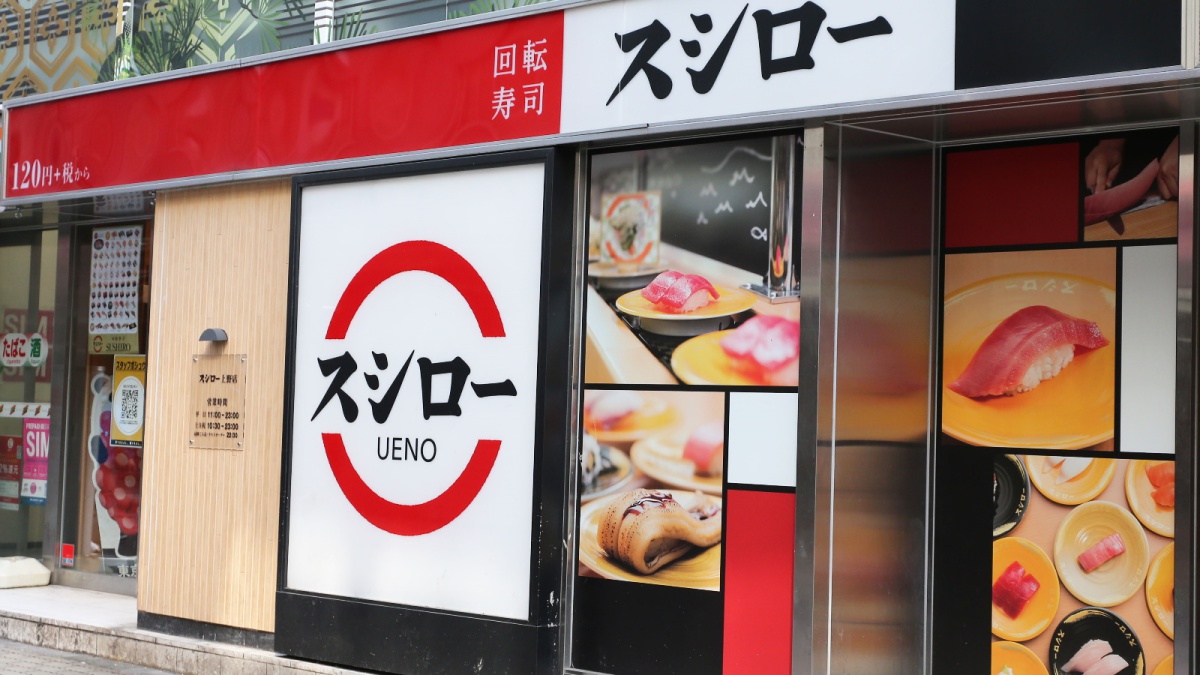
Sushiro Minami Saga
Sushi restaurant in Saga [SUSHILIVE comment] -


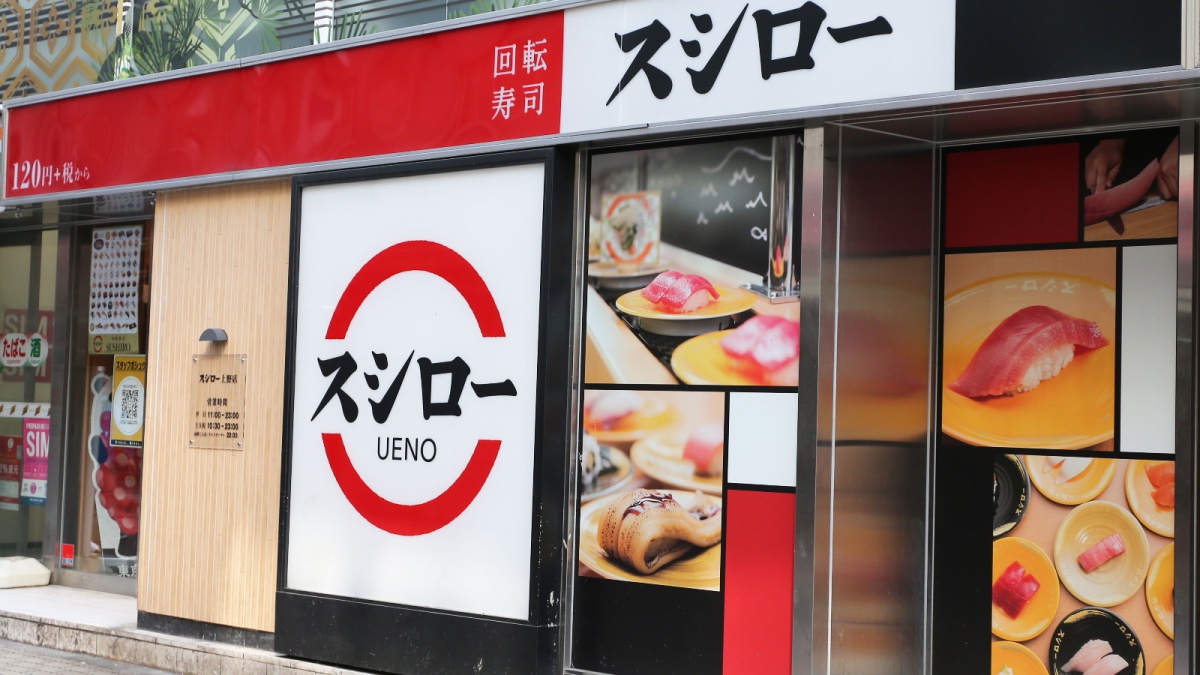
Sushiro Saga Nabeshima
Sushi restaurant in Saga [SUSHILIVE comment] -


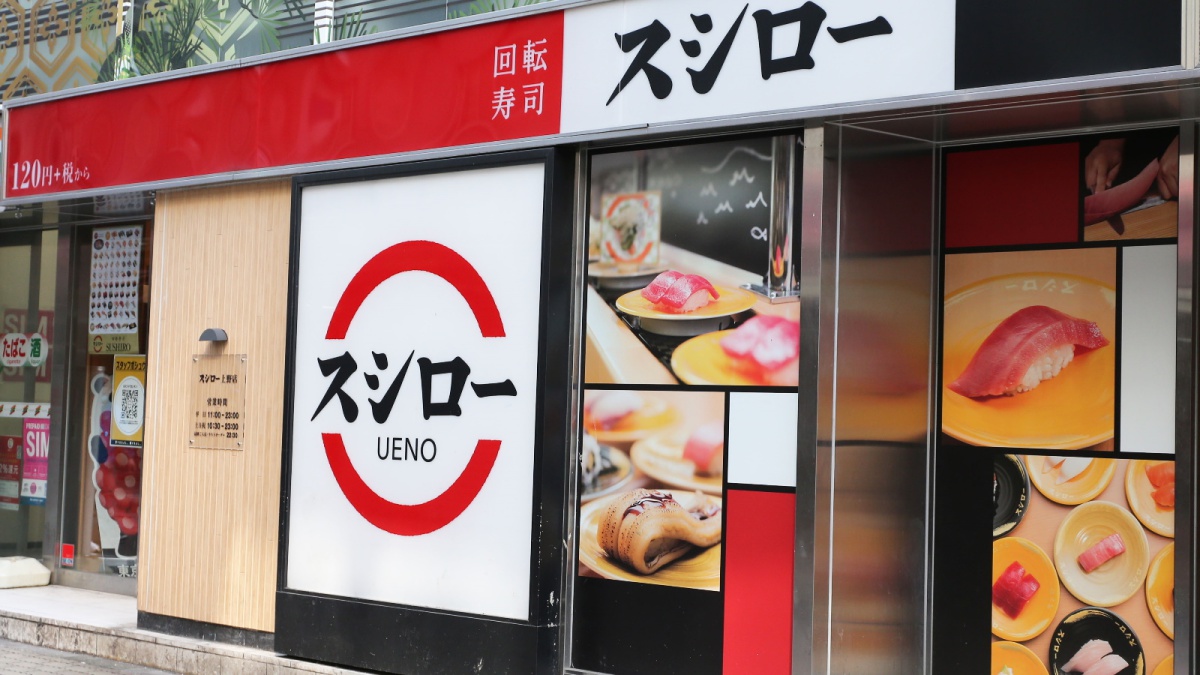
Sushiro Tosu Koga
Sushi restaurant in Saga [SUSHILIVE comment] -


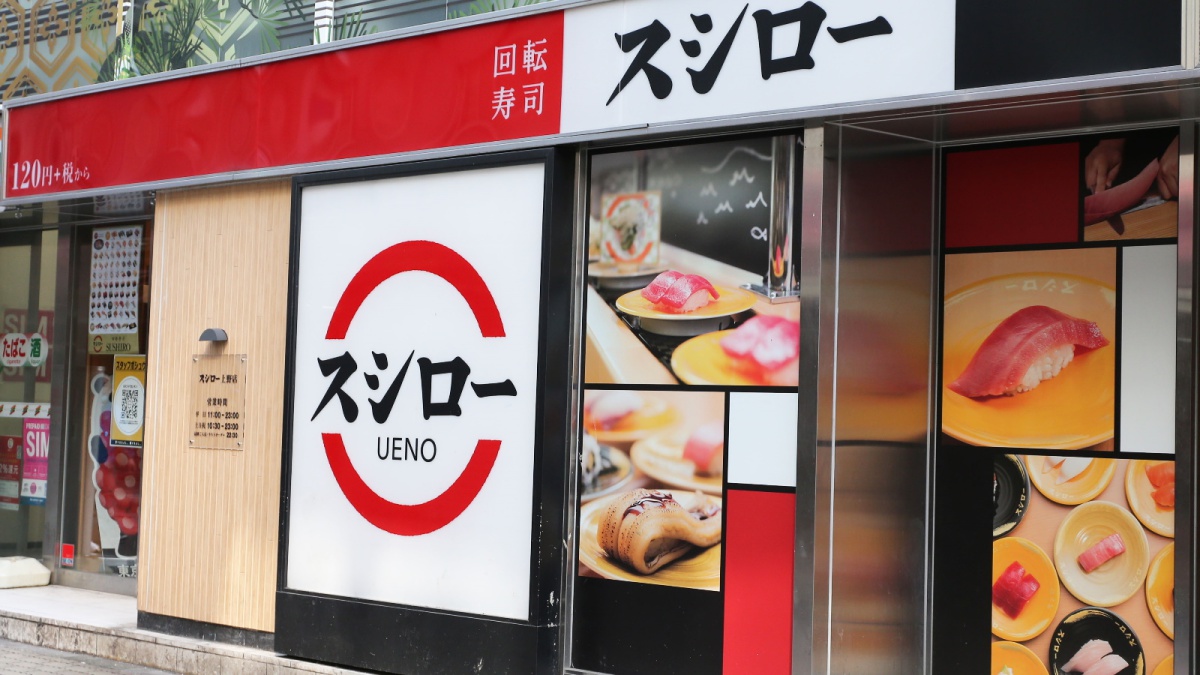
Sushiro military hero
Sushi restaurant in Saga [SUSHILIVE comment] -


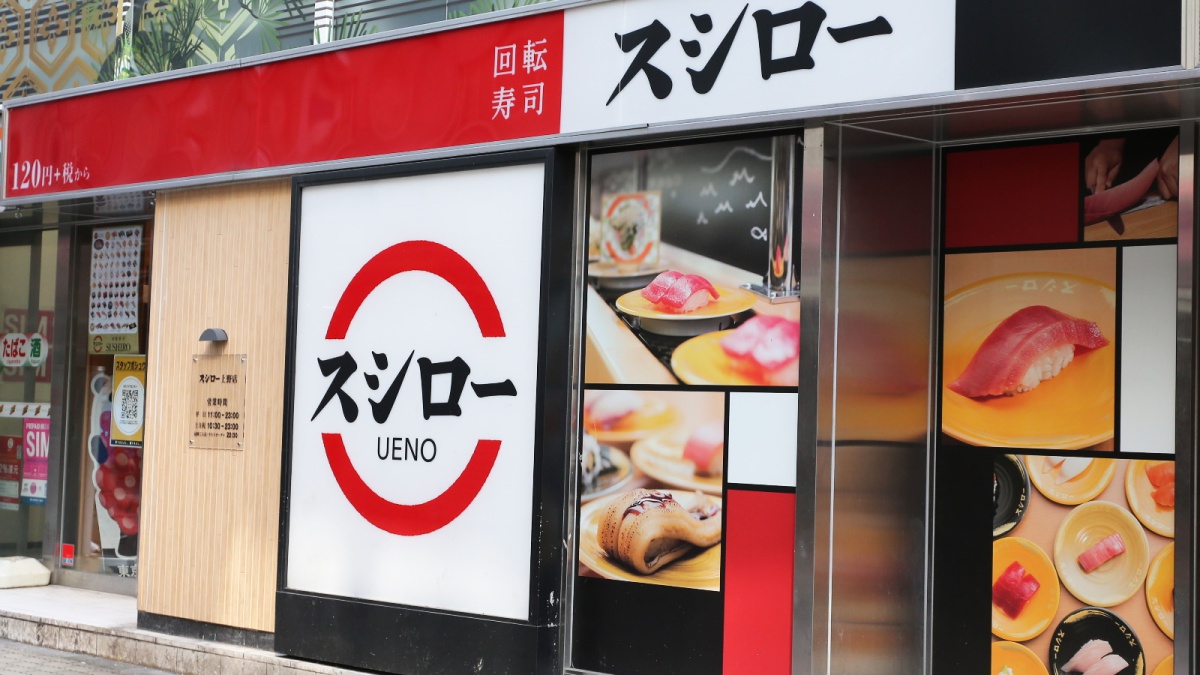
Sushiro Karatsu and Tada
Sushi restaurant in Saga [SUSHILIVE comment] -


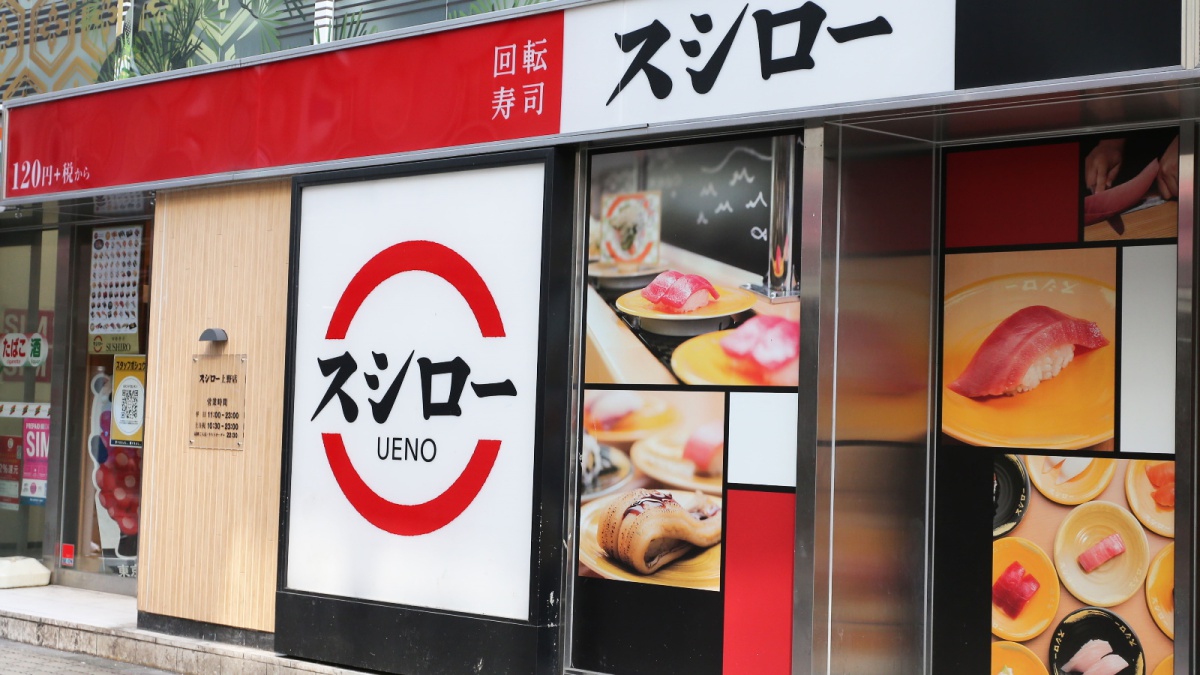
Sushiro Yoshinogari
Sushi restaurant in Saga [SUSHILIVE comment]
Characteristics of Saga’s Cuisine
Saga: A Land Adorned with Breathtaking Nature and History
Located in the northwestern part of Kyushu, Saga Prefecture boasts a diverse and beautiful natural landscape, from mountainous regions to plains, bordered by the Genkai Sea to the north and the Ariake Sea to the south. The Sefuri, Tenzan, and Tara mountain ranges span the area, while rivers such as the Kase, Rokkaku, and Matsuura nourish the rich water resources as they flow into the Ariake and Genkai Seas.
The vast plains, including the Saga and Shirayama plains, have long been known as rice-producing areas. In recent years, agricultural technology advancements have allowed for the cultivation of a variety of agricultural products. The seas provide a rich bounty as well, with Ariake Sea nori and mudskippers, and Genkai Sea squid and flounder among the fresh seafood available.
Saga has flourished from ancient times, with numerous historical sites such as the Yoshinogari and Kanzaki ruins from the Yayoi period, Saga Castle ruins, and the Hagakure Museum telling the tales of its past.
In recent years, the opening of international flights from Saga Airport and the inauguration of the Kyushu Shinkansen Takeo Onsen Station have improved transportation networks, attracting attention as a tourist destination. Events such as the Balloon Fiesta and the Hot Air Balloon World Championship also draw many tourists from both Japan and abroad.
The Charm Woven by the History and Climate of Hizen Province
Saga Prefecture, facing the Ariake Sea and the Genkai Sea, has been known as “Hizen Province” since ancient times, nurturing a unique history and culture.
From the flourishing Yoshinogari site in the Yayoi period to its prosperity as a trading hub with the continent through ancient to medieval times, and under the rule of the Nabeshima clan in the Edo period, Saga played a pivotal role in the Meiji Restoration.
The Saga Plain is known for its fertile lands, producing rice, wheat, soybeans, fruits, and more. The tidal differences in the Ariake Sea support nori cultivation, while the Genkai Sea offers fresh seafood.
The picturesque landscapes, including the Sefuri mountain range, Yoshinogari Historical Park, Nabeshima Dantsu Hall, and Hagakure Museum, are attractions where history and culture can be experienced.
With the opening of international flights from Saga Airport and the inauguration of the Kyushu Shinkansen Takeo Onsen Station, the area is garnering attention as a tourist destination, blending tradition and innovation for a vibrant future.
Culinary Culture Woven by Sea and Mountain Bounty
Saga Prefecture’s food culture is characterized by a diverse palette that blends the rich seafood from the Ariake and Genkai Seas with the bounty from its fertile lands.
Seafood delicacies include Ariake Sea nori and mudskippers, Sicilian rice, live squid sashimi, and Genkai Sea flounder and squid. Mudskipper kabayaki and Sicilian rice are especially beloved local dishes.
The land offers famous brands such as Saga beef and Yobuko squid. Saga beef, one of Japan’s top three Wagyu, is known for its tenderness and sweet fat. Yobuko squid, known for its translucent flesh and sweetness, can be enjoyed in various dishes. Hizen Bidoro, a traditional craft from the Edo period, is known for its beautiful colors and delicate patterns.
Other unique local dishes include Sicilian rice, hot spring tofu, and Yobuko squid sashimi.
Traditional cuisine is preserved while incorporating new ingredients and cooking methods, drawing increasing attention.
Sushi Culture of Tradition and Innovation
Saga’s sushi culture has evolved uniquely, distinct from Edo-mae sushi.
“Suko sushi,” popular around Saga City and Shirayama, is a pressed sushi mixed with chopped mudskipper, shrimp, and konoshiro in vinegared rice, offering a simple appearance but deep flavor.
Recently, creative sushi using local ingredients like Saga beef and Yobuko squid has emerged, attracting even more attention.
From traditional sushi restaurants with a long history to modern establishments offering new styles, Saga offers a variety of sushi experiences.
Visiting Saga, why not indulge in its sushi culture, a blend of tradition and innovation?
Diverse Attractions of Local Specialties
Saga Prefecture is known for its rich nature, history, and traditional culture, which have cultivated a variety of local specialties.
In the realm of food, “Saga beef,” one of Japan’s top three Wagyu breeds, “Yobuko squid” with its transparent flesh and sweetness, and “Hizen Bidoro,” a traditional craft with beautiful colors and delicate patterns, are well-known.
Other specialties include “Saga nori,” cultivated with the tidal differences of the Ariake Sea, “Kojo yokan,” a traditional sweet made using methods from the Edo period, and “Yoshinogari lotus root,” boasting the largest production in Japan.
With traditional specialties and innovative products incorporating new technologies and ideas, Saga’s local products are garnering increasing attention.
When visiting Saga, enjoy tasting and purchasing these local specialties, fully experiencing the charm of Saga Prefecture.

